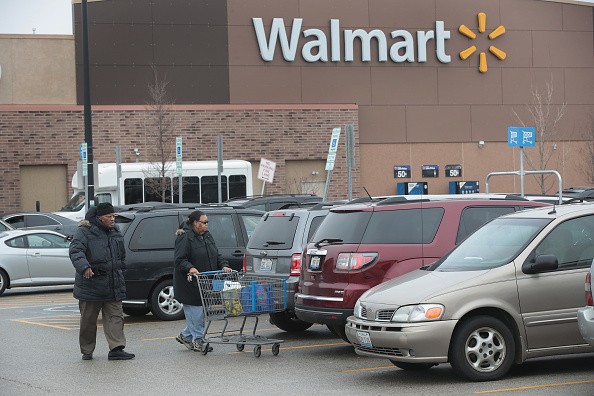Millions of people working in U.S. retail stores are at risk of losing their jobs if Amazon continues with its plan to expand to other sectors, according to an article by marketwatch.com.
Most of these workers work in retail stores in malls, groceries and shopping malls selling furniture, appliance and electronics, clothing, sporting goods, bookstores, and general merchandise or the so-called GAFO (General Merchandise, Apparel and Accessories, Furniture and Other Sales).
According to the article, for every job created at Amazon, two or three other jobs are destroyed.
Although Amazon has revolutionized the way American consumers shop, for retail workers, the company poses a threat to the security of their jobs.
Over the past two years, about 125,000 retail workers have been laid off as a result of the sales decline in stores at malls and shopping centers across the U.S. as revenues increases for Amazon and other online sellers, the article said.
Since 2012, employment at department stores dropped 250, 000 or about 14 percent, while those at clothing and electronics stores also plunged drastically as online sales grew.
"Consumers' affinity for digital shopping felt like it hit a tipping point in Holiday 2014 and has rapidly accelerated this year," Ken Perkins, the president of Retail Metrics, wrote in a research note in December.
Perkins was referring to Amazon when he said "digital shopping." The company's share of online purchases rose from about 10 percent from five years ago to about 40 percent during the holiday season in 2016.
The article said that Amazon's online sales will go higher as it expands to other sectors such as groceries and restaurants with delivery services for meals.
On the other hand, Ginni Rometty, CEO of IBM, believes that artificial intelligence may help to create jobs for people and a "symbiotic relationship" between the clients and AI may be established.
As of 2016, about 16.5 million workers are employed in the retail sector and another 11.4 million are in the restaurant industry. Combined, this accounts for one out of every American workers, the same share that the manufacturing sector had in 1982.
The report however, said that some jobs are safe from competition with online sellers. These include the 11.4 million restaurant jobs, 1.3 million workers at car dealership, 925,000 workers at gas stations and the 1.1 million workers at building materials stores.
Amazon is giving about 12 million jobs competition, particularly 6.2 million people who work in retail stores or GAFO trade. GAFO store sales declined at $1.8 billion or 0.6 percent from the previous year, although the rest of retail posted 4 percent growth.
Meanwhile, Amazon accounted for most of the online sales in the third quarter of 2016, which increased by about $13.7 billion. Amazon is expected to surpass Macy's to become the top retailer of apparel this year. In addition to this, Amazon's interest in groceries is giving Wal-Mart serious competition.
It is projected that with its current growth rate, Amazon's annual revenue will reach $500 billion in five years, while many traditional retail stores will close and more workers will be dismissed or laid off.
But even Amazon will be hiring fewer workers as it is also planning to automate. It plans to use robots in its warehouses and also thinks of using flying drones to deliver packages. The company will also sell groceries to customers who will check themselves out and robots will replenish the stocks in the shelves.
In addition to this, the company is also planning to go into warehousing and package delivery services, which could affect 2 million workers, including 600,000 post office workers.
According to the report, Amazon could actually destroy more jobs than China did. China's manufacturing exports to the U.S. have cost as many as 2 million jobs, according to economists David Autor, David Dorn and Gordon Hanson.
Within five years, if 40 percent of the GAFO market is captured by Amazon, about 1.5 million jobs will be lost. Add to this the jobs at grocery stores, drugstores, delivery services and warehouses and the total would sum up to more than 2 million.
However, unlike the loss of manufacturing jobs to China which affected only a few places or counties, the loss of retail jobs may affect every town, city and hamlet in the U.S.



























